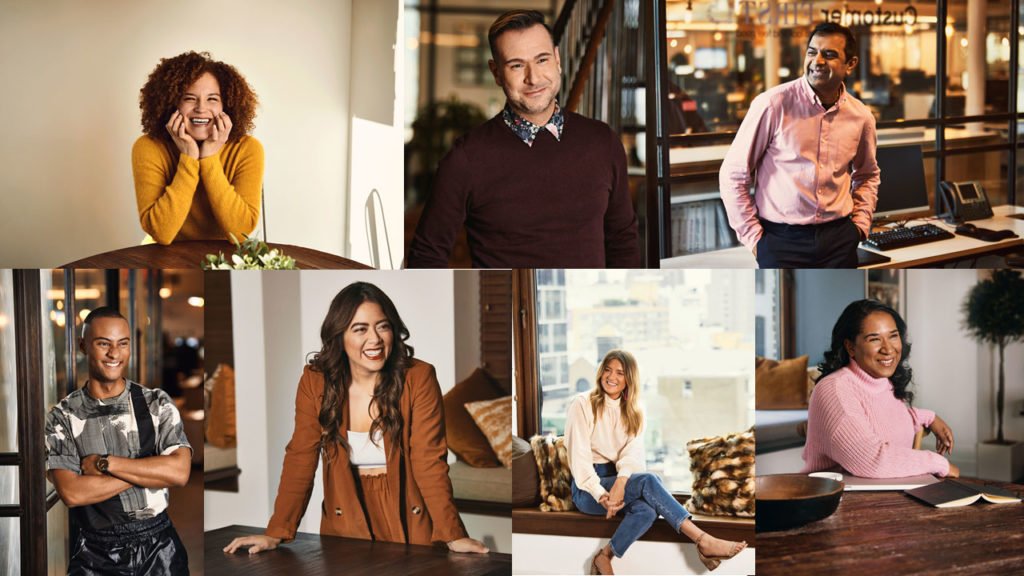The past year has not only raised long-needed awareness for societal issues that need attention – first and foremost by means of the Black Lives Matter movement and the crucial debate about equal opportunities and representation – it has also shown what everyone of us can do for the communities that we live in.
News Article
H&M Group Inclusion and Diversity Update

“As a global company, a very important part of our success is contributed by the diversity of our teams and our ability to understand and meet our diverse customers where they are, on their terms. Clear goals together with constant learning and listening is absolutely key to staying relevant and to reflect the multicultural world of our colleagues, customers and communities we serve”.
Annie Wu, H&M Group Head of Inclusion & Diversity
This is why H&M Group increased the priority of inclusion and diversity in 2020 and for the coming years. In 2020, we prioritized to map and analyse the diversity we have within our teams to date, to listen and understand local context and to set meaningful goals and relevant actions to secure positive and systemic change. We have been working hard on our commitments and will continue to share our progress and achievements, as well as about the challenges ahead.
Several major initiatives continued and were intensified in 2020 – we rolled out mandatory trainings on inclusion and diversity for thousands of people across the company. We furthermore set up an internal I&D collaborative forum to gather colleagues across our organisation, from business functions and brands, to share knowledge, practice, and challenges, to support the implementation of our I&D strategy.
We have set clear goals to improve diversity with regards to gender, nationality/ethnicity, age and tenure for senior management. The goal is to reflect the global reach our company has. Currently, 72% of management positions are filled by female employees, which reflects the total share of women within the company. Our Board of Directors is represented by a 60%: 40% (female: male) gender split. Improving diversity in a relevant way implies a need for local target setting and relevant scoping, adapted to the local situation. An example of this is the H&M brands’ aim for a minimum of 30% diversity (Nationality and/or Ethnicity, Gender and Age) in senior leadership teams by 2025.*
All our markets initiated the process of local target setting and improved representation. For the US, the local commitments and aggregated data has already been publicly shared on the local website. Our local markets in Sweden and Germany are following up with their action plans, including the implementation of trainings and improved recruitment processes.
On H&M Group level we are in the process of setting up an external Advisory Council with business executives from diverse backgrounds to advise and contribute to our business direction. And we are finalising plans for a Colleague Peer Forum to further involve our own colleagues in co-creating our strategic work and promoting dialogue on inclusion and diversity. This important work will start in 2021.
In parallel, our brands’ teams have started with the implementation of their own targets for improved representation and internal diversity. Weekday has started a long-term collaboration with the human rights organisation Civil Rights Defenders to initiate external feedback, knowledge sharing and learning. New forums for participation have been initiated at Monki, & Other Stories, ARKET, Afound and COS, to bring colleagues across the globe together to share knowledge and discuss actions. COS will furthermore prioritise on building a better understanding of the current diversity within the teams, conducting a voluntary survey of the workforce today, to drive strategic goals and actions in the future. All brands will continue to roll out internal training for employees and to report transparently on their I&D progress.
*Legal regulations in some countries do not allow us to collect private information such gender identity, race or ethnicity. We, therefore, cannot provide aggregated figures on this matter on global level.

